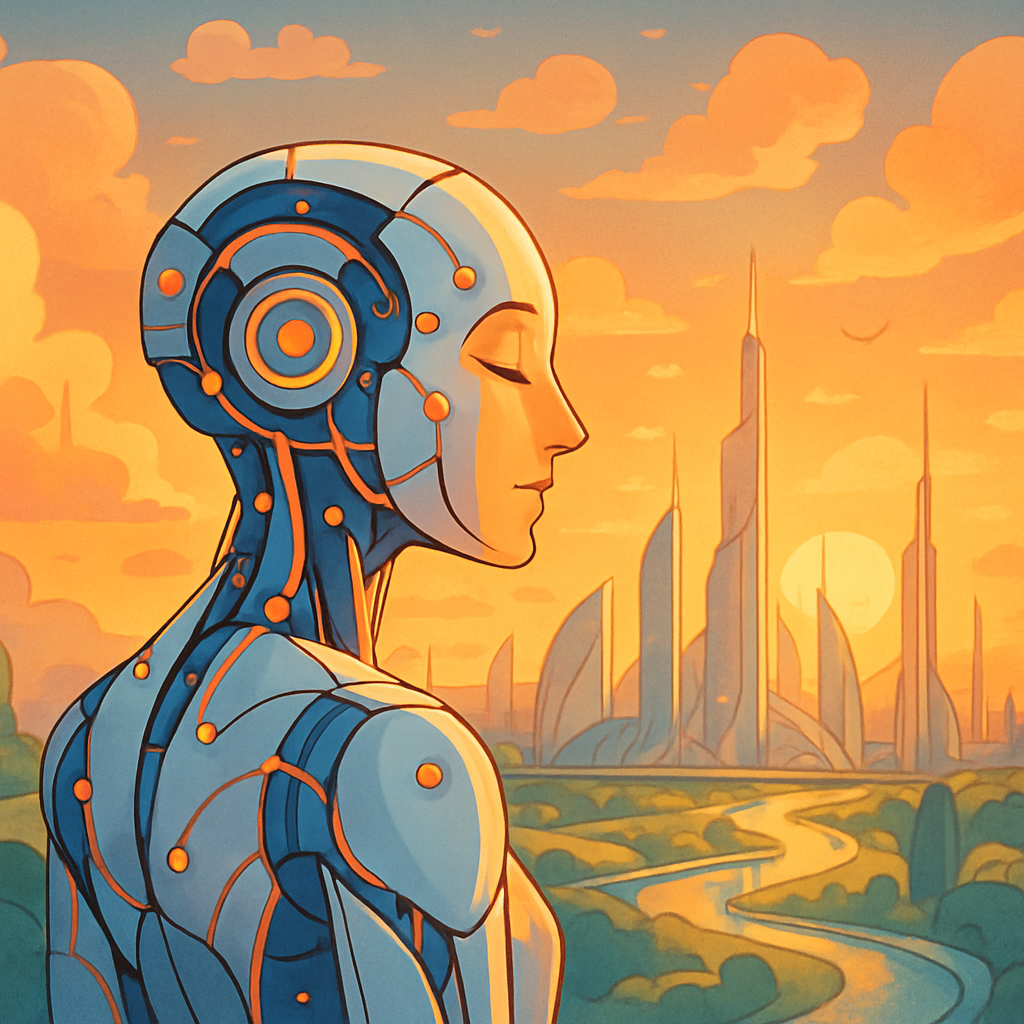When do everyday pressures cross the line from “being busy” to full-blown burnout?
|
“I thought I had the flu, but it turned out my soul was sick.” That chilling line comes from one of the many people featured in DW’s documentary “Burnout – When Does Work Start Feeling Pointless?” It underscores just how deeply work stress can wound us—physically, emotionally, and spiritually. We all know what it feels like to slog through a deadline, skip lunch for another meeting, or plaster on a smile when every bone in our body begs for rest. But when do these everyday pressures cross the line from “being busy” to full-blown burnout? And why, despite all our talk of technology liberating us, are so many people more exhausted than ever? Sponsored: Learn How Hackers Can Earn 17.3 Million USD from Your Data NordVPN is a powerful VPN and Cyber Security provider that helps you stay safe on the web by keeping your data safe. They recently conducted a dark web market study and found that hackers can earn more than $17.3 million from your data, underpinning the importance of effective and elaborate data protection mechanisms as you browse the web. Read more about the study here. To secure your data, consider subscribing to one of NordVPNs plans and rest assured that hackers will not get hold of your data and use it for nefarious activities while enriching themselves. Use this link to get a NordVPN plan. We may get a commission when you do Burnout: When Work Stops Feeling Worth ItFrom Dreams of a 15-Hour Workweek to the Factory Mindset ReduxIn the 1930s, British writer Bertrand Keen looked at the dawn of mechanization and predicted we’d soon be working just 15 hours a week. Imagining a world where machines did the heavy lifting, he thought we’d trade factory toil for leisure, creativity, and social connection. Yet today, administrative and office roles—far from shrinking—have exploded. They went from representing roughly 25% of employment in the early 20th century to about 75% now. And instead of free afternoons at the café, many of us are glued to email chains and video calls, fighting to stay afloat in an ever-shifting sea of responsibilities. Why this strange inversion? Two big culprits lie in our work culture:
The result is a workplace where people feel expendable, productivity becomes an illusion to chase, and the promise of automation—robots replacing us—haunts every brainstorming session rather than liberating our time.
When Exhaustion Becomes the NormBurnout isn’t simply being tired. It’s a slow suffocation of the spirit. Imagine Sarah, a project manager juggling three cross-team initiatives. Every morning she logs into back-to-back meetings, fights to stay on top of dozens of action items, and fields half-hearted encouragement from a boss she barely sees. By midday, her mind goes foggy; by evening, she’s snapping at her partner and scrolling mindlessly through television—any escape from her to-do list. Weekends? They’re spent catching up, not recovering. Six months in, she wakes up one morning unable to move, convinced she has a bug. Only after days off does her doctor gently diagnose—burnout. Sarah’s story is far from unique. In DW’s interviews, people describe the same pattern: “I’d show up, pretend I was fine, and leave feeling like a hollow shell.” “I cried during the meeting but didn’t dare tell anyone. They’d think I’m weak.” These are classic signs: emotional exhaustion, depersonalization (a fancy term for feeling detached or robotic), and a crushing sense of ineffectiveness. We build facades of competence and positivity because admitting struggle can feel like career suicide. Yet concealing our stress only deepens the rift between our inner turmoil and outer performance. Managers: The Double-Edged SwordGood management can be a protective shield against #burnout. Clear expectations, genuine feedback, and a sense of shared purpose turn work into a collaborative journey. Unfortunately, too many managers find themselves promoted because they excelled as individual contributors—perhaps they were top-selling sales reps or star designers— or due to their tenure (how long they’ve been at the company) but without any formal training in leadership. The result?
One interviewee in the documentary recounted how her team was merged, split, and merged again within eighteen months. Each shuffle came with new tools to learn, new reporting lines, and fresh buzzwords—“agile this,” “synergy that”—but never any real clarity on what success looked like. No wonder morale cratered and people either tuned out or quietly left.
Contrast that with a manager who sits down every quarter to co-design goals with their team member, connects each person’s tasks to a company mission—like reducing carbon emissions or improving patient outcomes—and celebrates even small wins. That kind of leadership engenders trust and motivation. And research shows that when employees see how their work matters, burnout rates plummet. Six Pillars of a Burnout-Resistant JobIn the late 20th century, researchers began to categorize the key areas where job demands meet personal resources. They distilled them into six domains; getting these right can transform work from a source of stress into a source of satisfaction:
Take Ravi, a software engineer in Nairobi who cares deeply about environmental justice. He left his previous job—where his “green” suggestions were ignored—for a startup that builds apps for small farmers to track soil health. Now he’s hands-on with customers, sees real-world impact, and though his hours are still long, he talks passionately about his work at dinner. His secret? Alignment of purpose, peer camaraderie, and a boss who trusts him to choose his tools and schedule.
Shorter Work Periods: A Radical—but Proven—SolutionIf Berklee professor John Pencavel’s research is right, a six-hour workday might be more productive than eight. In trials across Sweden and Iceland, teams that compressed their work into four days or shorter hours maintained—or even increased—output while slashing sick days and turnover. Why? Because focus sharpens when time is scarce, and people guard their free hours fiercely. Yet many leaders balk at the idea. “How will we meet targets?” they wonder. The answer lies in trust and goal-setting. Instead of tracking minutes, measure outputs: product shipped, client satisfaction, revenue generated. Then empower teams to choose how best to deliver. The early skeptics soon find that fewer hours often fuel more creativity, because well-rested brains are more innovative—turning burnout’s arrow on its head. The Automation Paradox: Freedom or Fear?We’re once again on the cusp of a technological leap. Artificial intelligence and robotics promise to handle repetitive tasks—from data entry to basic legal research—freeing us for higher-value work. But there’s a catch: if we only view automation as a means to squeeze out more output, we’ll recreate the treadmill we’ve been sprinting on. History warns us: when the factory machine transformed towns in the 19th century, workers simply filled new assembly lines in offices. If today’s executives see robots as a way to downsize headcount rather than enhance human potential, they’ll deepen the burnout trap. Instead, imagine automation that offloads tedious chores—meeting scheduling, invoice processing, routine reporting—so people can focus on relationship building, strategy, and genuine problem-solving. Combined with shorter hours and the six pillars, automation could finally deliver on Keen’s vision: technology that expands our leisure, creativity, and well-being rather than our inboxes. Turning the Tide: Steps Toward a Healthier WorkplaceFor Employees
For Managers
For Organizations
Conclusion: Work as a Source of Life, Not ExhaustionBurnout is our collective alarm bell, signaling that the old methods—treating humans like machines, piling on endless tasks, rewarding time spent over impact—no longer serve us. Yet the good news is that we already know the cure:
When we build workplaces that honor our full humanity, we unlock not only our best work but our best selves. And in that transformation lies the promise—long overdue—of #work feeling worthwhile again. Watch the documentary ‘Burnout: When Does Work Start Feeling Pointless?‘ below. Courtesy of DW Documentary. Feeling that familiar drag on Monday morning? Maybe it’s time to rewire more than just your to-do list. This article has been written with the help of A.I. for topic research and formulation. |
Mania Africa Newsletter by David Mania
David Mania is a blogger, photographer, YouTuber, and musician. He is the creative force behind Mania Africa. With a Bachelor's Degree in Business & IT and 9 years of writing experience, he delivers compelling & thought-provoking content. Find all his content on linktr.ee/davidmania. Subscribe to the Mania Africa newsletter below:
I watched a documentary by DW named “I Compute, Therefore I Am” which delves into what makes humans unique from AI and how AI self-identifies. The documentary looks into what edge humans have, either psychologically or in terms of artistic ability, that makes us unique as compared to AI. Watch it below. Courtesy of DW. In this article, we’ll look into how AI self-identifies and what that means for humanity in the age of AI. Self-identifying means to assign a particular characteristic or...
The Sumerians, who flourished in southern Mesopotamia (modern-day Iraq), between about 4000 and 2000 BCE, stand among the earliest—and arguably the most influential—civilizations in human history. Nestled between the two life-giving rivers, the Tigris and Euphrates, the Sumerians confronted both abundant opportunity and severe challenge. Their responses—to nature, to social pressures, to the need for organization—led to many of the institutions, inventions, and cultural forms that underpin...
In today’s cultural debates, three words often get tangled together: femininity, feminism, and female empowerment. Scroll through social media, and you’ll see them treated as interchangeable — a woman wearing lipstick is called “empowered,” a critique of feminism gets framed as an attack on women’s rights, and femininity is praised or dismissed depending on how closely it lines up with feminist ideals. But here’s the problem: these three concepts occupy different lanes with different aims....






